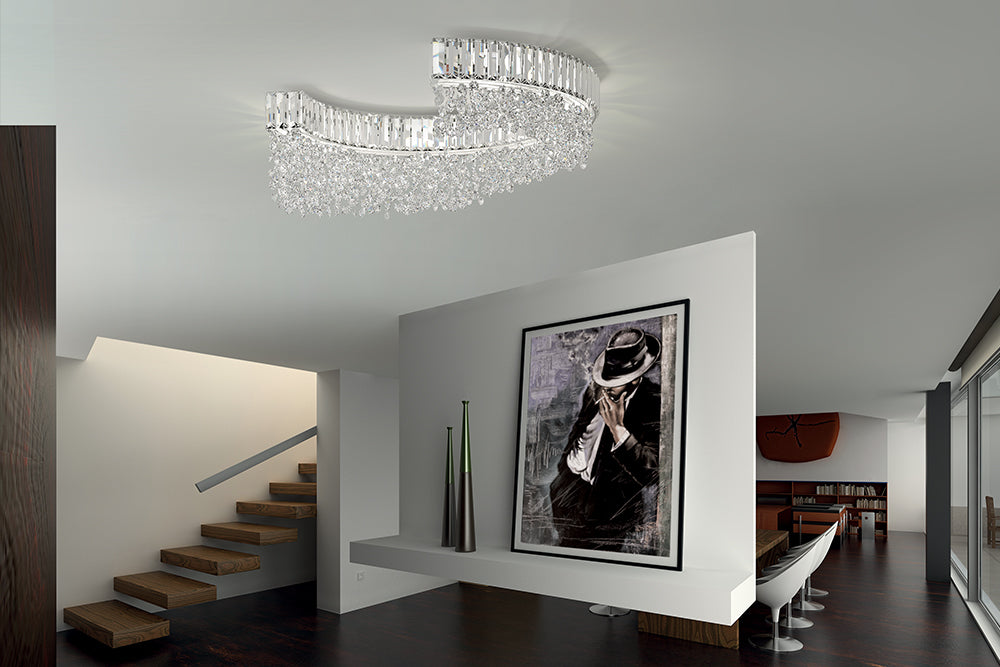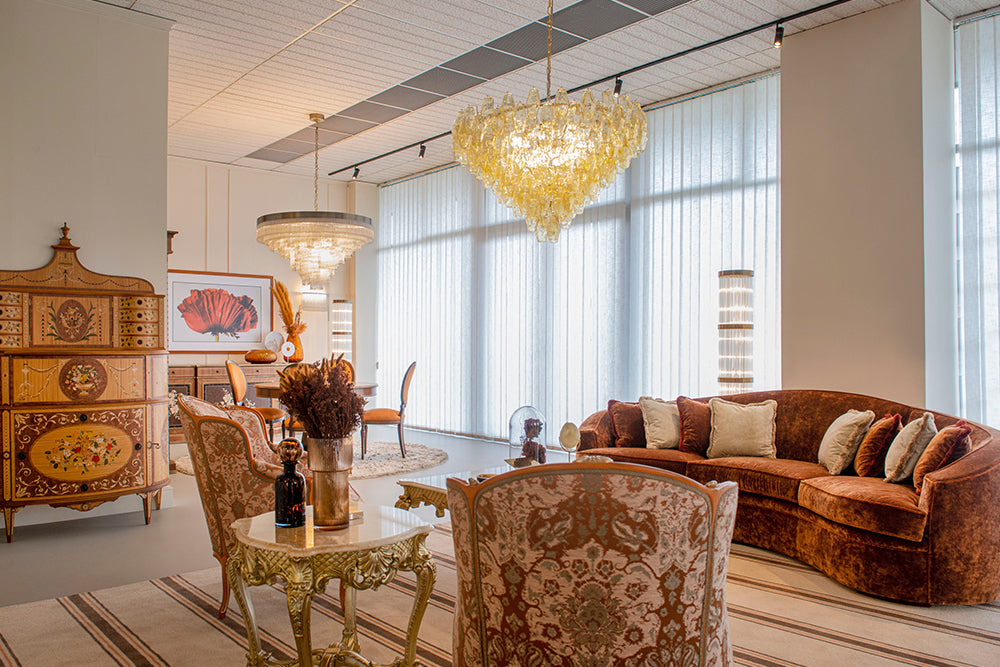THE VENETIAN MASTER GLASSMASTERS: JOURNEY THROUGH THE HISTORY OF AN ANCIENT ARTISAN TRADITION
Although today the laboratories of the Venetian master glassmakers are located throughout the area surrounding Venice, when when you think of Venetian glass, your thoughts immediately go to Murano.
But why is Murano known as the “island of glass”?
Glass working is an ancient art and, since the times of Republic of Venice , was a precious source of wealth.
It is precisely in 1291 that the Doge decided to move the glass furnaces to a single island: Murano.
This choice had a double function. First of all that of containing the risks of frequent fires that the presence of ovens and furnaces constituted ( click here – to find out more); secondly, as protection and safeguard of the secrets of glass processing by checking the master glassmakers.
There were many foreign powers that wanted to compete with Venice, but they didn't know the techniques and that's why the master glassmakers were monitored and protected. In fact, could not expatriate taking the secrets of glass with them.

MURANO AND THE ART OF GLASS, A TRADITION KEPT OVER THE CENTURIES
One of the effects of the concentration of master glassmakers on the island of Murano was the exchange of techniques and new ideas which led to significant innovations in glass processing same as, for example, the making of Venetian crystal , the first truly transparent glass in the world.
Despite the precautions taken by the Doge, however, many glassmakers managed to escape with their wealth of experience and artisanal knowledge, throwing Venice into a period of crisis that lasted a few centuries.
The turning point came with the introduction of Murano glass in the creation of chandeliers.
It was the famous Maestro Giuseppe Briati who invented the Murano flowered chandelier – still today one of the most sought after styles in the world – for which the master glassmakers became and remained for many centuries synonymous with producers of luxury objects across Europe.
Among the most famous Murano chandeliers in history we remember the chandelier of the ballroom of Palazzo Alliata of Pietratagliata – the largest chandelier in Italy! – and the chandelier still hanging today in the palace of Frederick IV of Denmark.
The techniques of processing Venetian glass have been handed down unchanged over the centuries from generation to generation and, even today, the art of Murano glass constitutes one of the Italian artisanal excellences exported all over the world.

THE MASTER GLASS MAKER AND HIS ASSISTANTS: HOW MURANO GLASS IS CREATED
The master glassmaker is not is a simple glassmaker but a true artist who must have a rich set of skills and also a certain physical strength.
Just think of the high temperatures to which those who work with glass are constantly subjected, to the tools that he uses to work (hot tongs, bridle, blowpipe, to remove and to supiar, cock to bake , from missiar and traghettar, just to name a few), to the weight of the incandescent bolus, to the rapidity of the movements and gestures of his work.
Furthermore, he must also be able to interpret technical drawings but, above all, the master glassmaker designs, creates, models and transforms an idea into something real starting from a powder - silica sand - which transforms into an incandescent paste with heat until it becomes a solid element.
Today, it is possible to undertake a course of study to learn the art of glass. A process that includes education in the artistic and humanistic fields, but theoretical training cannot be separated from practical training within a laboratory to learn the various manufacturing techniques, such as, for example, blown glass , the torch processing or the watermark.
And before becoming a master glassmaker there is a long education that passes through a rigid hierarchy.
To manually produce and work the elements of a Murano glass chandelier, the master makes use of numerous assistants who conducts just like an orchestra conductor.
Each assistant has a name and a specific task in the production process and in the creation of the glass element. Thus, in addition to the master , there are also the serving and the serventino – the master's first and second assistant -, the journeyman , the journeyman and the forking.
The glass paste must be prepared overnight , introducing the raw materials necessary for the next day's processing into the oven at 1,200 degrees. Silica sand can be combined with various other powders and materials such as sodium oxide, arsenic nitrate, zinc or calcium oxide, depending on the type of glass you want to obtain.
The heat creates a soft and malleable material which is worked by the master glassmaker and his assistants according to the chosen technique and once finished, the element is introduced into another oven to about 500 degrees which is turned off and left to cool for a day or more. This treatment breakage of the glass itself.
It is interesting to know that the average age of master glassmakers is fifty years and that approximately 60% still live in Murano.

PATRIZIA VOLPATO BRINGS MURANO GLASS CHANDELIERS TO THE WORLD
The Murano glass is one of the basic elements present in almost all the collections of Patrizia Volpato chandeliers which reflect the tradition of Venetian glass and bring it to the world with innovation and creativity.
To the artisan glass processing carried out by Venetian master glassmakers, is added the research and technology that respond to modern needs and attention to sustainability.
The collections pass down the ancient techniques processing with a modern and contemporary design such as, for example:
- Venice whose supporting element is the fringe of hand-sewn Murano glass beads;
- Iconic which re-proposes the nobility of colored Murano glass flowers and leaves;
- Glace whose proposals feature the processing of hammered glass;
- Intrecci a collection of lamps and chandeliers that reflect the design of the Venetian chandelier with wide arms.
Discover all the Patrizia Volpato collections and furnish your home with a precious and unique luminous element.






Leave a comment
This site is protected by hCaptcha and the hCaptcha Privacy Policy and Terms of Service apply.